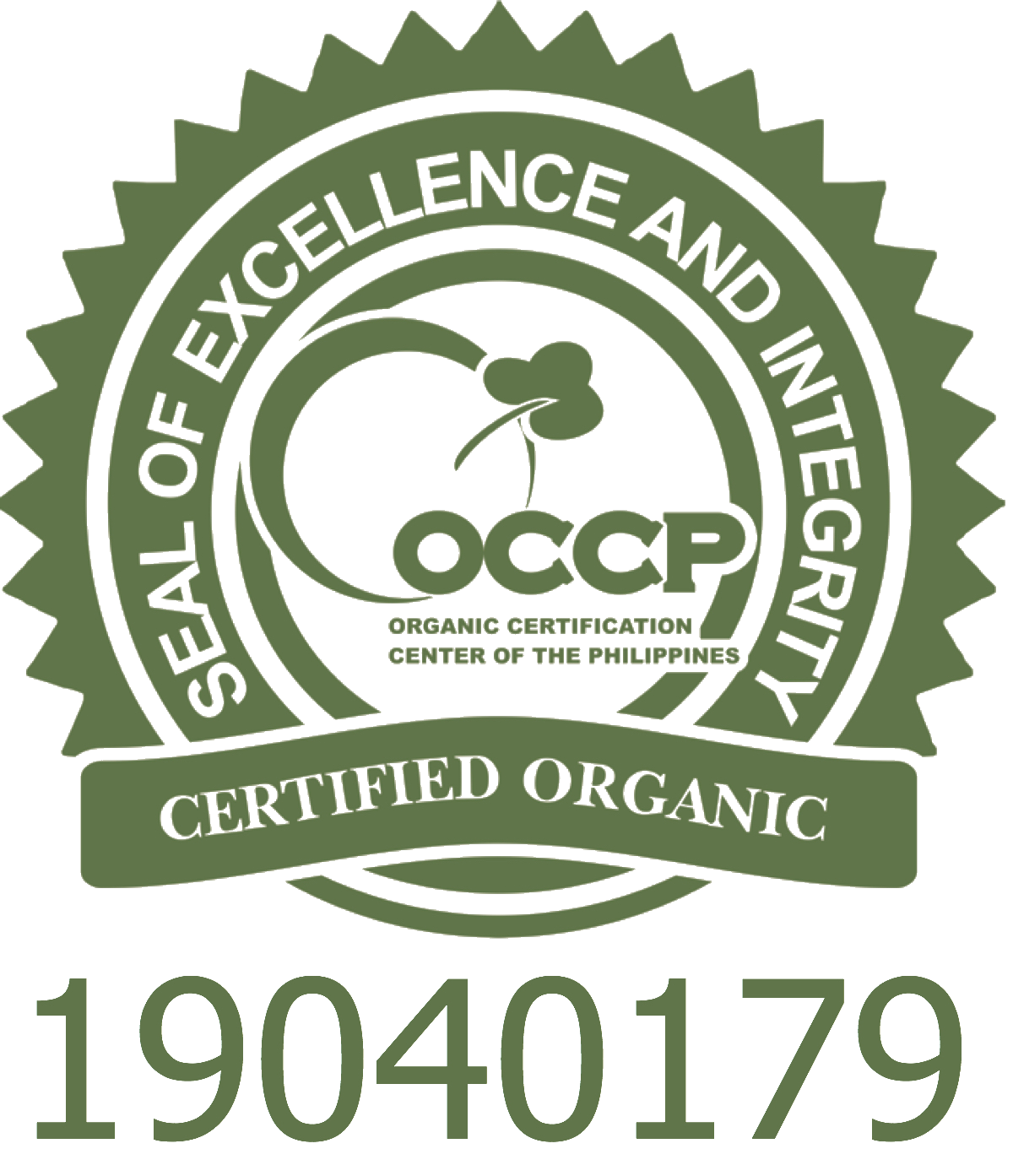The ISO 9001 certification has transformed into a standard for quality management systems across multiple sectors. As organizations attempt to boost customer satisfaction and elevate operational efficiency, securing this certification can present a significant competitive advantage. But what in particular is ISO 9001 certification, and why is it so crucial in the current business environment?

At its foundation, ISO 9001 is an internationally recognized standard that specifies the requirements for a quality management system. It offers a structure for companies to establish consistent processes and principles to make certain they meet client and regulatory requirements. By acquiring ISO 9001 certification, organizations not only prove their commitment to quality but also achieve reputation in the marketplace, allowing them to distinguish themselves in a crowded field.
Advantages of ISO 9001 Certification
ISO 9001 accreditation delivers organizations with a defined framework for enhancing quality management processes. This leads to consistent output and boosted customer satisfaction. By adhering to the standards established by ISO 9001, organizations can effectively monitor and control their processes, ensuring that products or services fulfill customer expectations and regulatory requirements consistently.
Additionally significant benefit of ISO 9001 accreditation is the enhancement of operational efficiency. Organizations can identify areas for improvement and reduce waste by using standardized procedures and ongoing monitoring. This simplification of processes not only saves time and resources but also encourages a culture of ongoing improvement, which is crucial in today's challenging market.
In conclusion, ISO 9001 certification serves as a key marketing tool. It demonstrates a commitment to quality and excellence, making it easier to attract and retain customers. Companies that obtain this accreditation often enjoy a competitive edge, as it improves their credibility and reputation in the industry, resulting in greater trust from clients and stakeholders.
Realization Procedure
The implementation of ISO 9001 accreditation starts with a comprehensive knowledge of the ISO 9001's criteria. Organizations need to conduct a gap analysis to spot areas that their current processes do not align with the standards. This involves reviewing existing quality management systems and practices, and determining the necessary adjustments to achieve compliance. Engaging primary stakeholders throughout the organization is vital in this stage, as their feedback and support can greatly affect the success of the implementation.
Once the discrepancies have been recognized, organizations can develop a roadmap that specifies the steps for achieving certification. This plan should feature deadlines, responsibilities, and resources needed. It is important to provide training for employees to ensure they grasp the new procedures and their responsibilities within the quality management system. Effective dialogue is critical to get buy-in and confirm that the team is on the same page with the organization's quality objectives.
Following the development of the required processes and employee training, organizations must document their quality management system. certifyproinsights.ma serves as a basis for consistent application and helps in demonstrating compliance during the certification audit. After completing the recording, it is vital to conduct internal audits to assess the effectiveness of the system and identify any areas for further improvement. This cyclical process not only prepares the organization for the certification audit but also helps inculcate a culture of ongoing improvement within the organization.
Upholding Certification & Continuous Enhancement
Sustaining ISO 9001 accreditation demands a promise to continuous quality management methods. After achieving certification, organizations should engage in routine audits, including in-house and external, to ensure compliance with the criteria. This ever-present process aids highlight areas that may need correction or development, ensuring the standard management system compatible with ISO 9001 specifications. Organizations should also allocate resources in sufficient training for workers, emphasizing the significance of excellence and compliance to procedures.
Ongoing enhancement is a key principle of ISO 9001, highlighting that organizations ought to not only uphold their current standards but also seek ways to enhance their processes and results. This can be realized through frameworks such as Plan-Do-Check-Act, that prompts organizations to set objectives, execute plans, assess results, and make adjustments as needed. By fostering a culture of improvement, organizations can adjust to changing market demands and customer expectations, thereby boosting their business advantage.
To ensure long-term viability, organizations should consistently review their standard management system and practices. Gathering feedback from staff, stakeholders, and consumers can provide valuable information into potential improvements. By staying proactive in evaluating performance metrics and consumer satisfaction, organizations can retain their ISO 9001 accreditation while consistently striving for superiority in their products and services. This not only strengthens their commitment to excellence, but also fortifies their market position.
